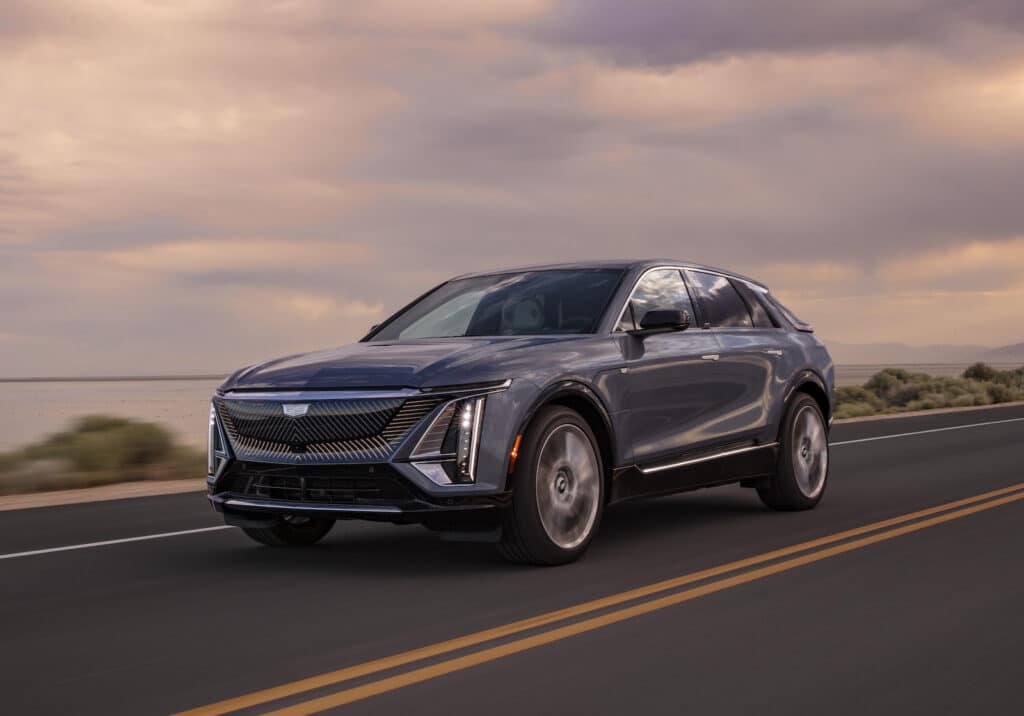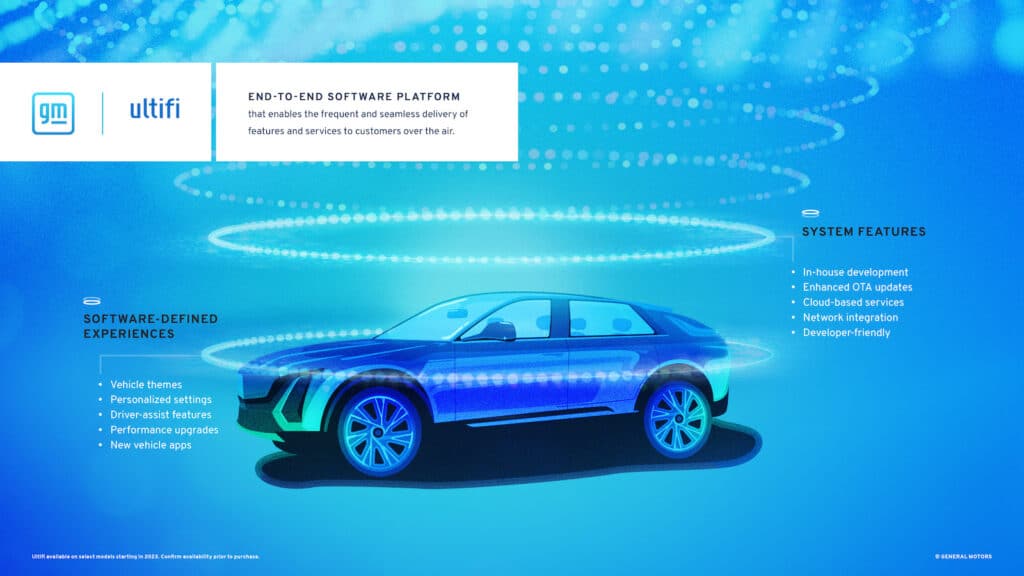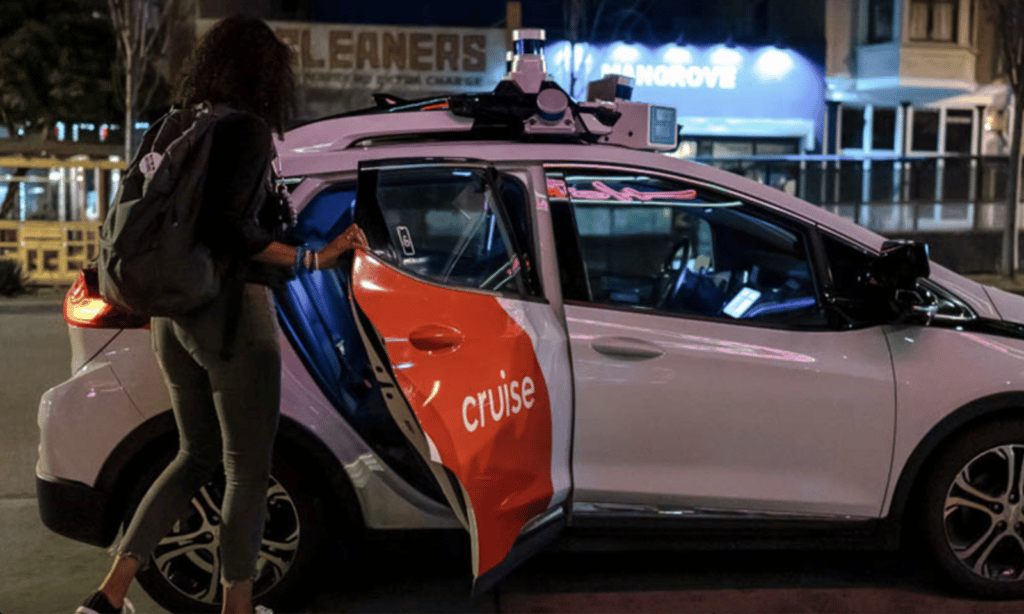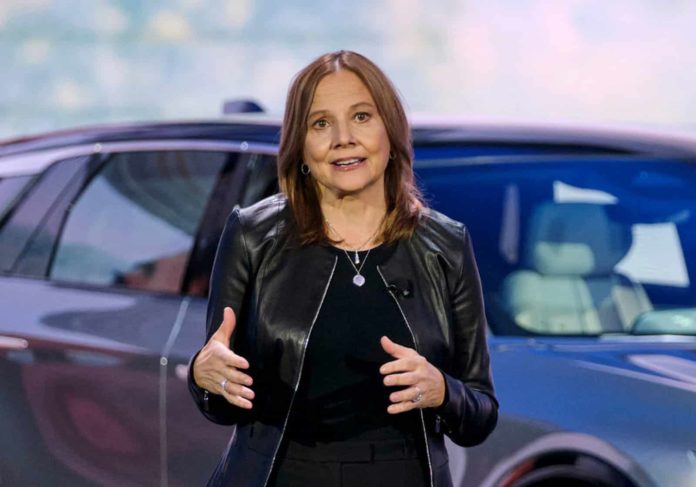Most of today’s vehicles include basic voice recognition technology allowing a driver to use specific commands to do things like set a destination or change the radio station. But if General Motors CEO Mary Barra has her way, your vehicle could soon feature an artificial intelligence, or AI, “bot” like the ChatGPT technology that has drawn so much attention in recent weeks.
That technology not only would make it easier to operate vehicle functions but also let a driver engage in human-like conversations, perhaps asking about a warning light that’s popped up on the dashboard or to find out more about a destination.
“Having an assistant and really being able to use voice that is clear enough that you can ask questions and get answers, I think that’s what the artificial intelligence will enable us to do,” Barra said during an interview on Fox Business.
AI in “everything”
Putting artificial intelligence into its vehicles is part of an ongoing collaboration between GM and Microsoft, the software giant that, earlier this year, said it will invest $10 billion in OpenAI.
And the collaboration won’t be limited to just using AI for a voice assistant. It may soon show up in “everything,” GM Vice President Scott Miller told the Reuters.
Today, even the most basic vehicle uses dozens of microprocessors to control everything from the engine to power windows. On the most advanced models the number can jump into the hundreds. Until recently, they all tended to operate independently but now, automakers like GM are interconnecting all that processing power.

And they are taking things a step further by making it possible to remotely update, even replace onboard software, much as can be done with the latest smartphones.
Software-defined vehicles
As a result, “The vehicle really is a software platform,” Barra said in her interview. “Starting in 2019, General Motors started rolling out vehicles where you could do over-the-air updates for almost every module in the vehicle.”
Going forward, Barra added, “we’ll be able to make your car better or your vehicle better as you own it because of what we’re able to do with implementing technologies due to over-the-air updates and the Ultifi platform,” the new electronic architecture GM is rolling out on its vehicles.
The automaker isn’t alone in migrating to what has become known in the industry as the “software-defined vehicle.” And manufacturers see potentially significant opportunities to use such capabilities.
Plenty of potential benefits

The most immediate is to update software, allowing automakers to remotely make repairs that, in the past, might have required a vehicle owner to visit a dealer. Tesla took this approach with several recent recalls, including faulty window controls and defective software for its Full Self-Driving system.
Longer term, automakers could add new features to a vehicle or provide streaming entertainment services.
There’s potential to generate as much as $135 a month in revenues through software-defined vehicle technology, Barra said last year. For his part, Stellantis CEO Carlos Tavares estimated his company could use such technology to generate as much as $20 billion annually by the end of the decade.
Autonomous vehicles
AI could further broaden the capabilities of a vehicle, according to Barra, among other things, making it possible to bring fully autonomous models into production.

GM currently is testing out driverless vehicle technology through its Cruise subsidiary. It has a fleet of 200 robocabs operating in San Francisco, and more in Phoenix as well as Austin, Texas. While many industry observers believe fully autonomous technology will be limited to fleet use in the coming years, Barra has said that GM wants to bring it to individual owners, as well.
And the interior of such models would look a lot different from what people drive today. Such a “purpose-built ride-share vehicle” could have “campfire style seating because when you don’t need to drive, you can actually look at each other,” she said in her interview with Fox.
That approach, experts believe, could also create more of an opportunity to use AI technology to deliver more in-vehicle software services.
Not everyone is as optimistic about AI as GM’s chief executive. ChatGPT and similar AI technology has drawn a lot of attention in recent weeks, not all of it good.
Microsoft’s Bing search engine is now using the software and gave a handful of tech journalists a chance to check out its capabilities. It didn’t always go as expected. Known internally as “Sydney,” the chatbot started arguing with a reporter from the Washington Post when he said he was preparing to write a story about the technology. In a conversation with a New York Times reporter, Sydney declared her undying “love,” and tried to talk the journalist into leaving his wife.

